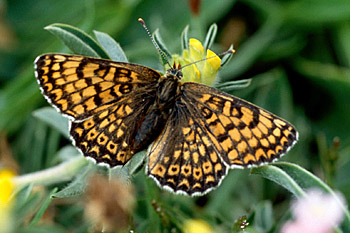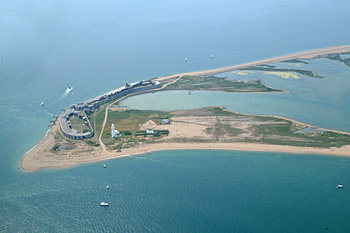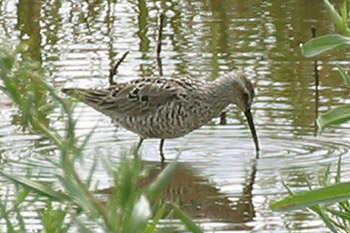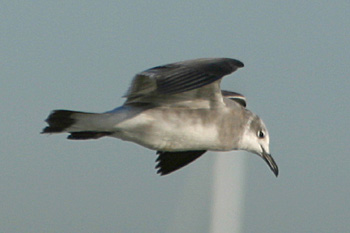Lymington area
Barton-on-Sea, Milford-on-Sea & Hordle Cliffs |
|
|
The
main reason for visiting Hordle Cliffs (an extensive stretch of
slumping clay and gravel undercliff) is because it is the only site
in Hampshire for the Glanville Fritillary, which otherwise
occurs in Britain only on the Isle of Wight. The site is also important
for various other insect groups, and Cream-spot Tiger moth
is notably frequent here. An interesting range of plants includes
wetland species on damp flushes, including Common Reed and
Southern Marsh Orchid. |
 |
Hurst Beach and Castle |
|
|
At the far end of Hurst Spit is Hurst Castle, dating back to Henry VIII. The site can be rewarding for seawatching during the spring and autumn passage periods, although there is luckily no need to walk all the way out to the Castle! The rocky sea-defences near the excellent café will do.... Typical passage seabirds include Great and Arctic Skua, all three divers, Manx Shearwater, Common Scoter, terns of up to six species, Fulmar and Shag (the latter two rare in the county). Rarer species such as Leach's and Storm Petrel may occur after storms, and rarities like Balearic and Cory's Shearwater and Long-tailed Skua have been seen in recent years. The
beach itself may have a Snow Bunting or two in winter, or
even (on very rare occasions) a Shore Lark. Rock Pipits
breed at the Castle - this is their only regular breeding site in
Hampshire. |
 |
Keyhaven/Pennington |
|
|
The
site consists of mud flats, salt marsh, shingle and various brackish
pools. Surrounding farmland, gravel extraction and landfill help
to give this site much variety. |
 |
Normandy/Oxey |
|
|
Still further east, towards the Lymington River, the Normandy lagoons offer yet more superb wader and wildfowl habitat. Rarities here have included Cattle Egret, American Golden Plover and Baillon's Crake, and during the autumn 2005 influx of Laughing Gulls, we found the individual on the right. We were able to confirm that it was the same bird that had been found in Gosport the previous week - the first confirmed record for Hampshire. |
 |